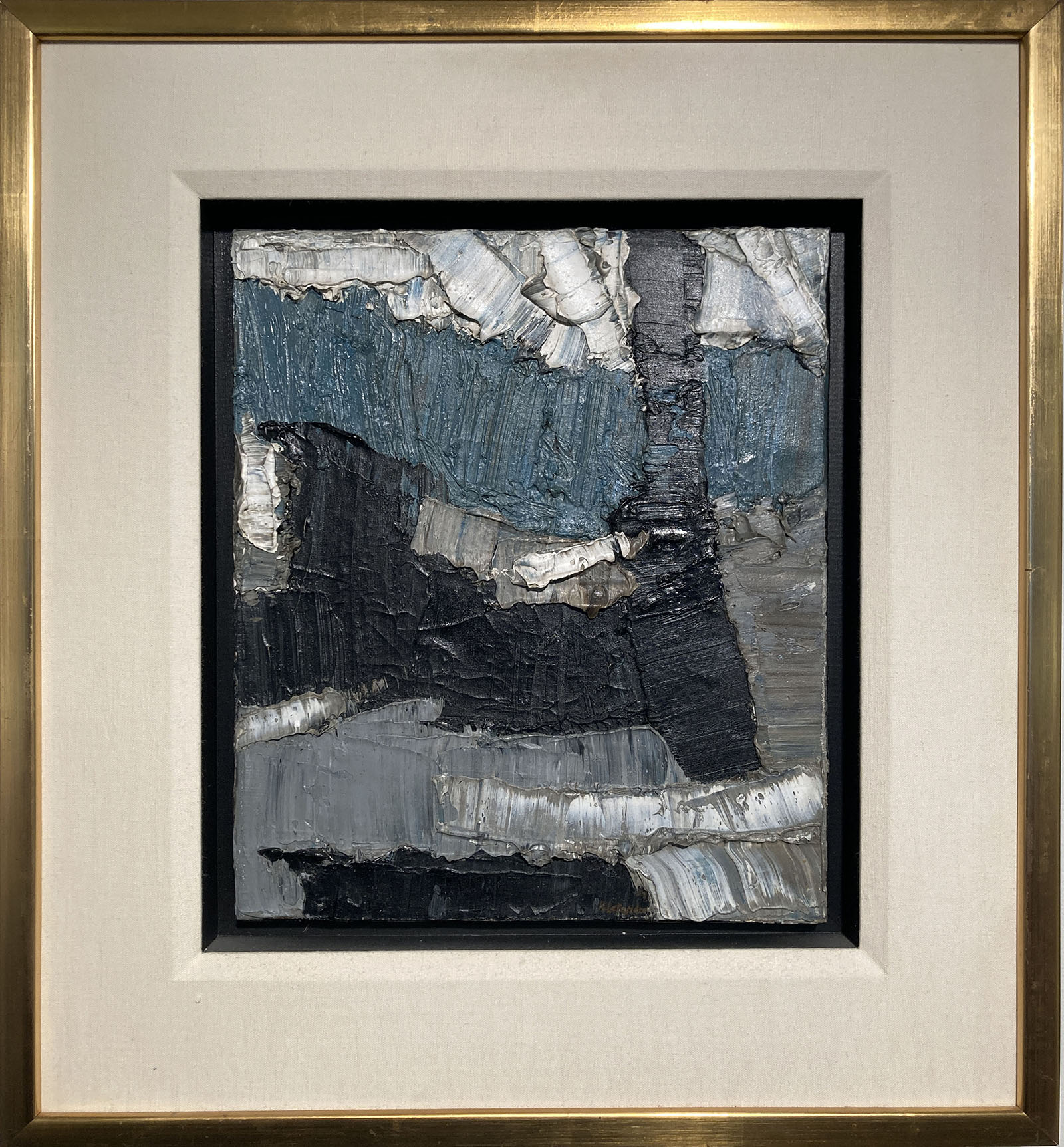Rita Letendre: The Sole Female Artist Working with the Automatistes
Pioneer of Canadian abstract art and associate of the Automatistes, Rita Letendre, now hangs on our gallery walls. Recognized as one of Canada’s most influential female artists, Letendre received the Order of Canada in 2005 as, “one of the leading figures of contemporary painting in Canada.” Born in Drummondville, Quebec, the Abenaki and Québécois artist rose to prominence in the 1950’s, just passing this November at the age of 93.
Letendre, the sole female artist working with the Automatistes group in Montreal, speaks to her own artwork, “My thoughts, my attitudes are automatist, which means that I have no set formula.” Founded in the 40’s by Paul-Émile Borduas, the group stood for a declaration of artist independence and freedom, heavily influenced by the Surrealists’ Manifesto. They produced a fluid, painterly technique liberated from reason or structure, resulting in a universal human experience without bias. Ideas were often communicated with palette knives, fingers and blindfolded painting. In her artwork Letendre shares the experimentation of the Québécois dissidents. Evolving to push boundaries of colour, space and vibrancy.
“Painting, all forms of art, is an experience of wanting to communicate with others and affords us great freedom if we want it. I want it. I like risk. The risk of searching for things more profoundly…It is so amazing that everything that makes up a person also makes up the universe; it makes up colour, creates matter, and people.”
-Rita Letendre
Abandoning the prescriptions of Automatism, the influence of Les Plasticiens found her artwork in the late 1950’s. Letendre began studying Eastern ideologies of Zen and Confucius, allowing the more ordered nature of the Plasticien movement to objectify paintings, and not paint objects, following ideas of Mondrian. Many of these themes increased her gestural quality, characterized by heavy impasto created using the palette knife. Winning her first prize in the Concours de la Jeune Peinture in 1959 and the Prix Rodolphe-de-Repentigny in 1960.
 Renowned for her bold style, she was commissioned to create numerous large-scale projects in Toronto, including the radiant skylight about the Glencairn subway station in 1978. The city’s stations were overly utilitarian and sterile, intended to be clean-lined and durable. Addressing the aesthetic shortfall, nine artists were selected from over 400 applicants. Letendre was often the only woman artist considered and awarded such major commissions, shaping the face of the city toward equality and enrichment.
Renowned for her bold style, she was commissioned to create numerous large-scale projects in Toronto, including the radiant skylight about the Glencairn subway station in 1978. The city’s stations were overly utilitarian and sterile, intended to be clean-lined and durable. Addressing the aesthetic shortfall, nine artists were selected from over 400 applicants. Letendre was often the only woman artist considered and awarded such major commissions, shaping the face of the city toward equality and enrichment.
Housed in multiple national institutions, her artwork is included in the Musée national des beaux-arts du Québec, the Art Gallery of Ontario and the National Gallery of Canada. Find her painting, “Trombe (1959),” at the Petley Jones Gallery online or in person.


You must be logged in to post a comment.